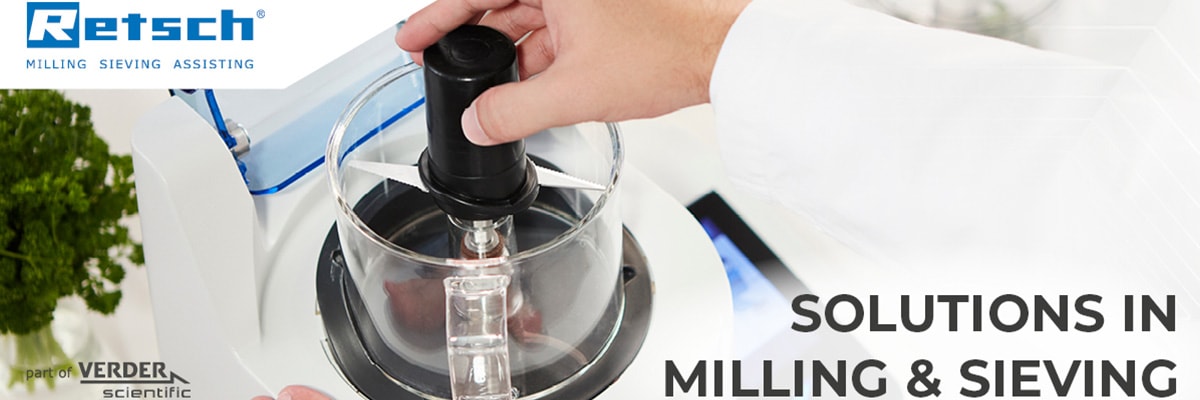Test
Iniciar sesión
Don't have an account?
Create an Account
Mi cuenta
Menú principal
Pedidos
Menú principal
Herramientas de compra
Menú principal
Productos
Anticuerpos
Productos
Anticuerpos
Productos químicos
Consumibles de laboratorio
Productos
Equipamiento e instrumentación de laboratorio
Productos
Mobiliario de laboratorio y almacenamiento
Productos
Mobiliario de laboratorio y almacenamiento
Productos de Life Science
Productos
Productos de Life Science
Productos de seguridad
Productos
Productos de seguridad
Herramientas
Aplicaciones
Biología celular
Aplicaciones
Biología celular
Química
Aplicaciones
Genómica
Aplicaciones
Genómica
Producción y bioprocesado
Aplicaciones
Producción y bioprocesado
Proteómica
Aplicaciones
Proteómica
Seguridad
Aplicaciones
Soluciones para usted
Programas y Servicios
Servicios
Programas y Servicios
Servicios
Documentos y certificados
Menú principal
Ofertas especiales
Menú principal
Ofertas especiales









